On the boulder-strewn banks of the Tungabhadra River in Karnataka lie the ruins of Hampi, where the capital of the Vijayanagara Kingdom once stood. From 1336 to its fall in 1565, when it was sacked by Muslim invaders from the North, this was the Hindu capital of Vijayanagara Empire in Southern India. At that time, archaeologists estimate the city held about 250,000 people, which would have made it the largest city in the world.
The site at Hampi is home to countless architectural wonders. As in other ancient, abandoned cities—like Palmyra or Teotihuacan—it is possible to stroll down the overgrown paths from building to building and imagine the splendid metropolis that Hampi once was. But in these famous ruins, one must also remember that it was not even 500 years ago (quite recent, archaeologically speaking) that this metropolis was bigger than that of Rome, Baghdad or Istanbul.
The Vijayanagar style of architecture combined the Islamic style popular in Northern India with more Eastern elements, creating a new, unique mode that archaeologists call Indo-Saracenic architecture. The result: buildings that feature the stunning geometrical patterns and important structural advances made popular by Islamic builders, but also contain beautiful carvings and sculptures of Hindu gods and other important mythical figures.
Besides the magnificent Virupaksha Temple—composed of successively smaller stories so that from below, the building seems to stretch unfathomably high—there are several fascinating structures not to miss, including the Lotus Mahal, the geometrically intricate Stepped Tank, and the iconic stone chariot (pulled by little stone elephants). Be sure to take in the banks of the rushing river, with its incredibly large and precariously positioned boulders.
Hampi was made a Unesco World Heritage Site in 1986.
Know Before You Go
Fly to Hubli and drive 3 hours west or take the overnight train from Bangalore. Carry scarves to cover your face. it is quite dusty. And mosquito repellants. You will have to walk a lot, so carry walking shoes. There is a Bus service to the Vitthala temple (Stone Chariot) which is a little far away from the main temple. You can rent bikes, but bikes are not allowed within the ancient city limits and near monuments. Not everybody understands or speaks English or Hindi. They speak a regional dialect of Kannada. So your top priority would be to find someone who speaks the language you understand and keep a map with you at all times so you don't miss out and can navigate back to your hotel. Hampi Village (this is where the rice fields and boulders are) and Hampi City (this is where the ancient ruins are) are separated by the Tungabhadra river. Boat services to and fro run for a limited period during the day. The river can get fierce during rains, so it is advisable to stay on the city side. And it takes almost 2 hours (75 kilometres) by road, connecting the village to the city. But it is quite a picturesque ride.

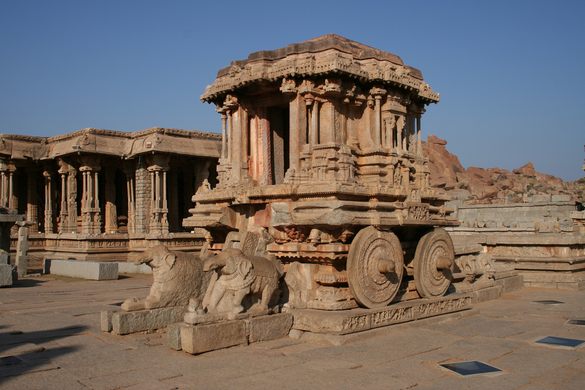

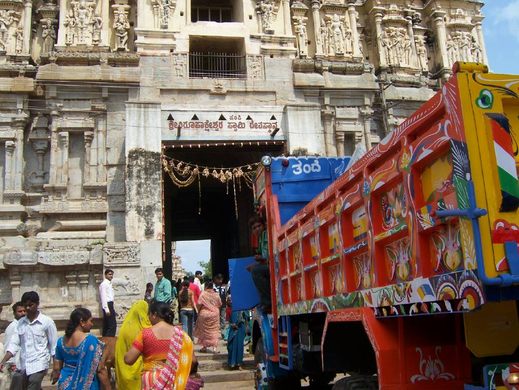
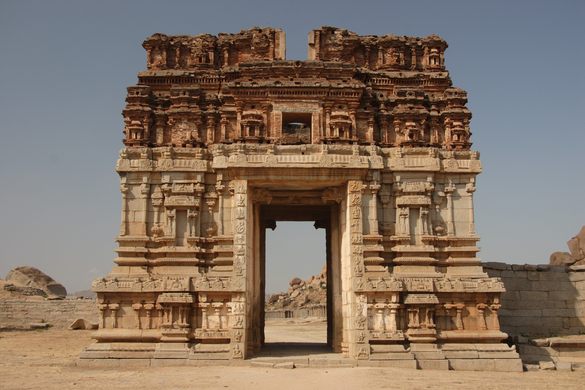
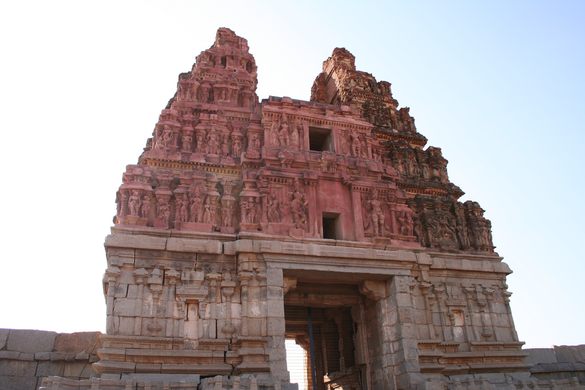
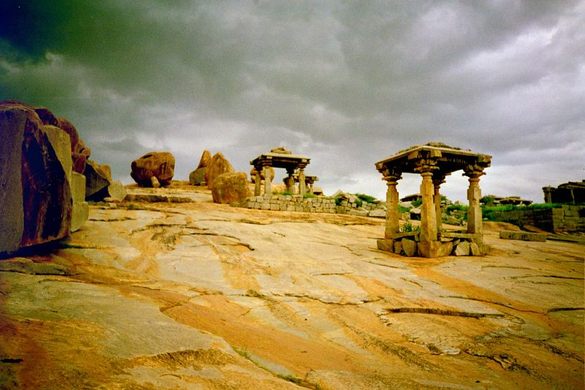
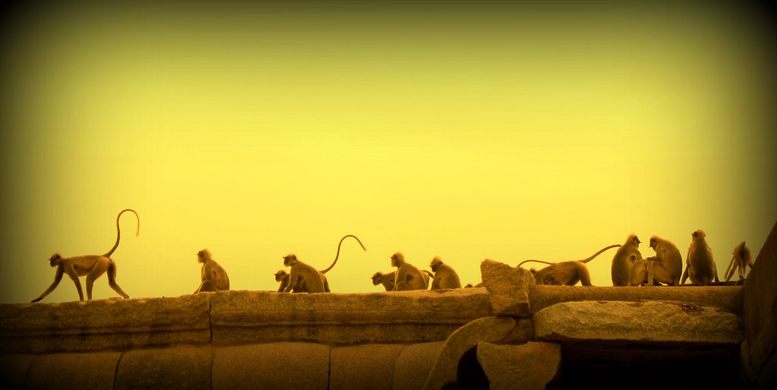
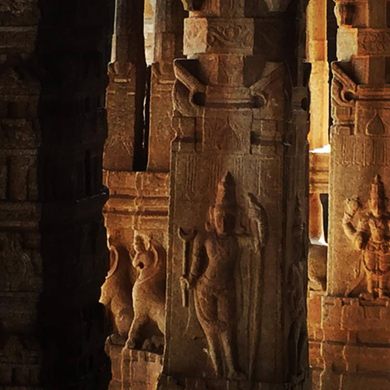
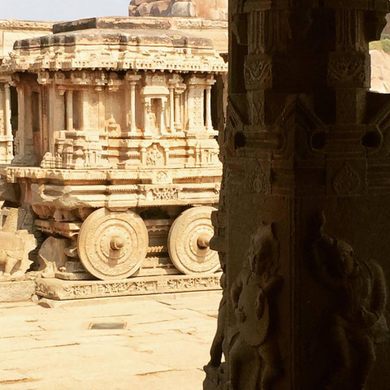

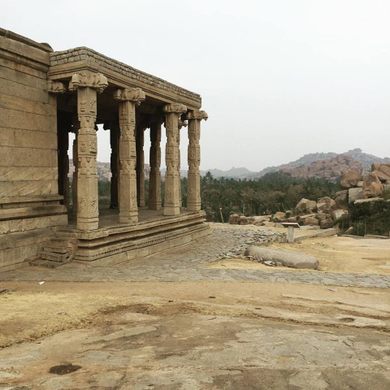
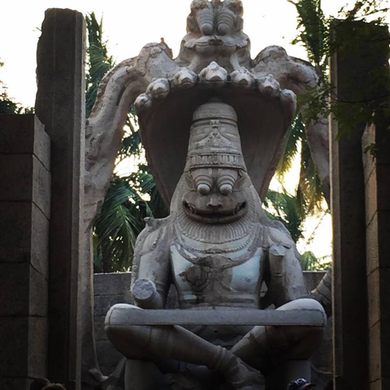




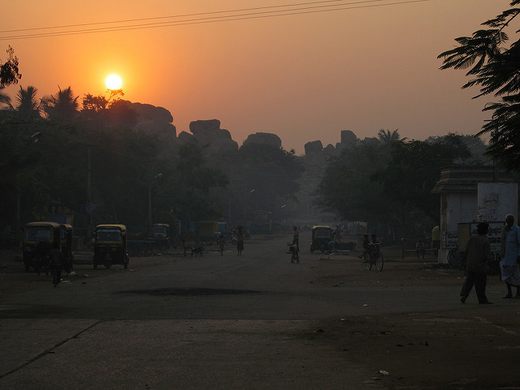
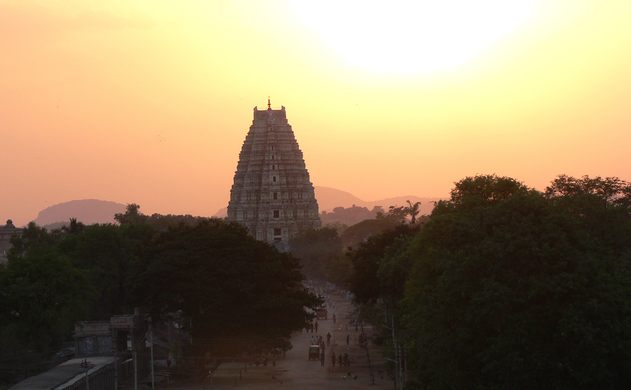







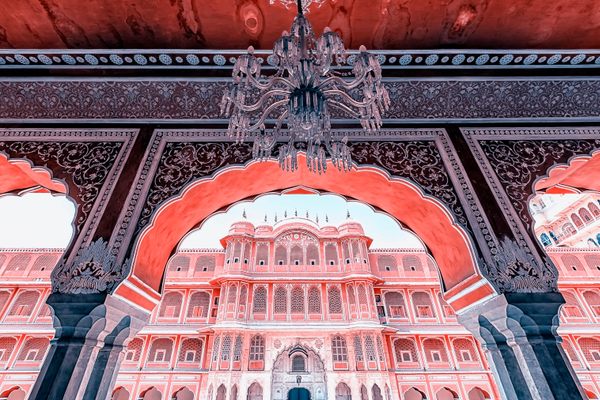










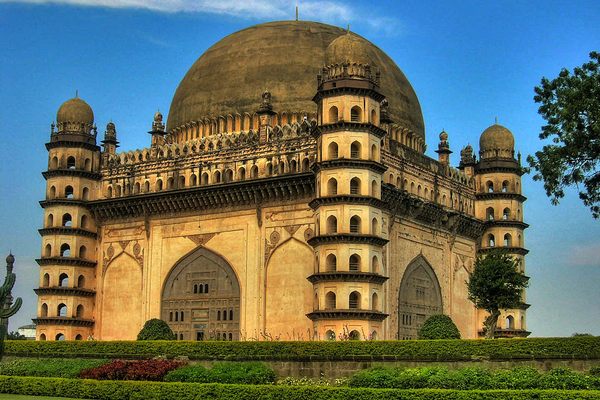
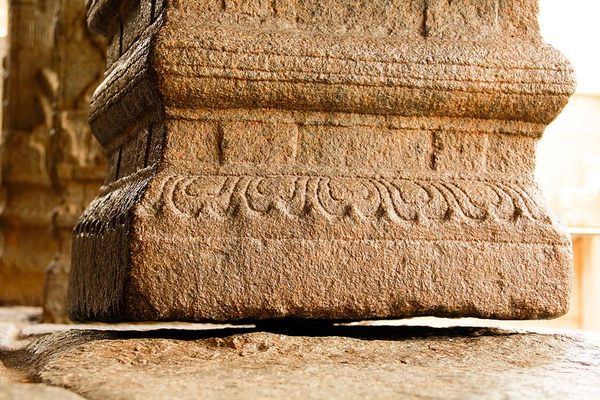



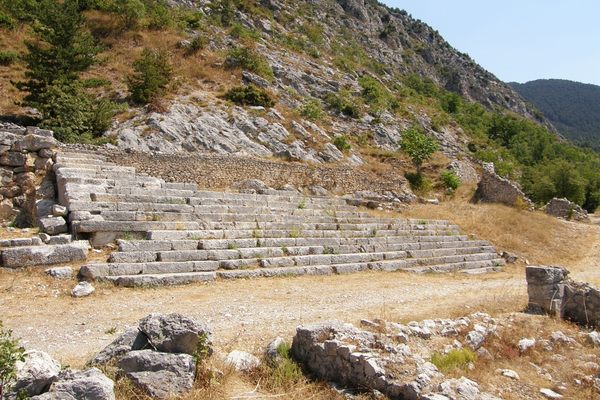

Follow us on Twitter to get the latest on the world's hidden wonders.
Like us on Facebook to get the latest on the world's hidden wonders.
Follow us on Twitter Like us on Facebook